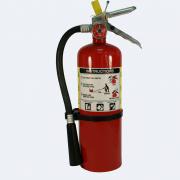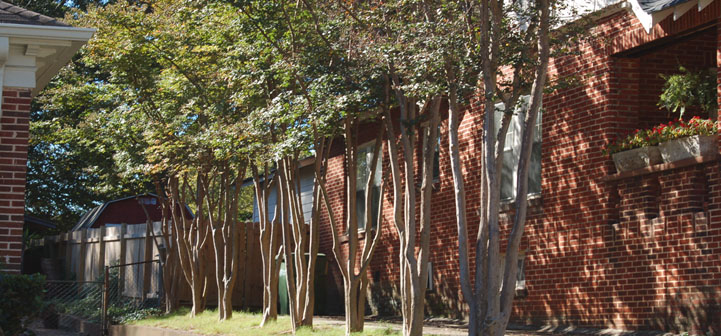Reviewed and Revised on 10/15/2013
Home Heating Safety Tips
Fires and accidents caused by home heating equipment are largely preventable if you clean, maintain, and use equipment properly. By reviewing general safety tips, including those related to heating emergencies and those specific to electric and kerosene space heaters, wood stoves, and fireplaces, you can avoid heating accidents.
Heating devices can be extremely dangerous if you use them incorrectly. Improper use of home heating equipment can cause death from fire, lack of oxygen, or carbon monoxide poisoning. However, home heating equipment accidents are largely preventable if you operate equipment properly, and follow basic safety practices.
Safety Tips:
- Your home should have battery-operated smoke detectors on each floor. Check batteries monthly, and replace them at least annually. Consider an electric operated smoke detector with battery back up for extra safety.
- Install carbon monoxide (CO) detectors. CO is a poisonous gas that is odorless and colorless. Home heating and cooking devices that are combustion equipment can be sources of carbon monoxide. Know the signs of carbon monoxide poisoning, which include headaches, nausea, stomach pain, dizziness, and burning in the eyes and nose. If you think you have a carbon monoxide problem, open your doors and windows immediately. Leave the area and contact a professional heating contractor to evaluate and repair faulty appliances. If someone has symptoms, is ill, or unconscious, call 911.

- Keep type ABC multipurpose fire extinguishers on hand and near heating appliances. Make sure that everyone in your family knows how to use a fire extinguisher.
- Everyone in your home should know and practice a fire escape plan. Make sure everyone knows two ways out of every room.
- Each year, have a qualified heating contractor inspect, clean, and maintain your furnace, boiler, water heater, vents, and chimney connections. Change or clean the furnace filter at recommended intervals.
- Make a habit of checking chimneys, flues, and vents for leakage and blockage by creosote and debris. Leakage through cracks or holes could cause black stains on the outside of the chimney or flue. These stains can mean that pollutants are leaking into the house.
- If a wood stove is used, be certain that manufacturer’s requirements for clearances to combustible surfaces have been adhered to.
- If you have a heating appliance that has a direct vent through the side wall of the house, keep it clear of snow and leaves.
- All combustion devices need adequate air for complete combustion of the fuel and to safely vent pollutants up flues, stovepipes, and chimneys. Never block combustion air or ventilation openings. Make sure your appliances are inspected for adequate combustion air and proper venting. When exhaust fans, dryers and other devices draw air out of the home, they create negative pressure that can overpower the natural draft of chimneys and vents and pull combustion fumes back into the home from the chimneys and vents. This is commonly referred to as combustion spillage or backdrafting and is potentially a very unsafe condition. If this occurs, it will be necessary to provide for entry of additional outside air in the vicinity of the affected appliance.
- Never operate more than one heating appliance through a single flue. Flues are usually designed and built for a specific appliance that was originally built into the structure.
- Do not obstruct heating ducts, cold air returns, or any heat source. Keep furniture away from baseboard heaters.
- Never use unvented space heaters or hearth products as a heating source. If used for temporary or emergency purposes, you must explicitly follow manufacturers instructions, which generally include time limits and/or ventilation requirements.
- Do not store paper materials or use flammable liquids, paints, or solvents near appliances with open flames such as gas water heaters, furnaces, and stoves.
- Keep all combustible materials a safe distance away from any heat source.
- Never use a gas or charcoal grill inside your home or in a closed garage.
- For attached garages, immediately back the car out and allow several minutes for gases to clear out before closing the overhead door in order to avoid fumes and CO entering the home through leaks in the common wall and/or access door.
For more tips on heating safety and safety devices go to Home Heating Safety, a publication by the University of Maine Cooperative Extension.
